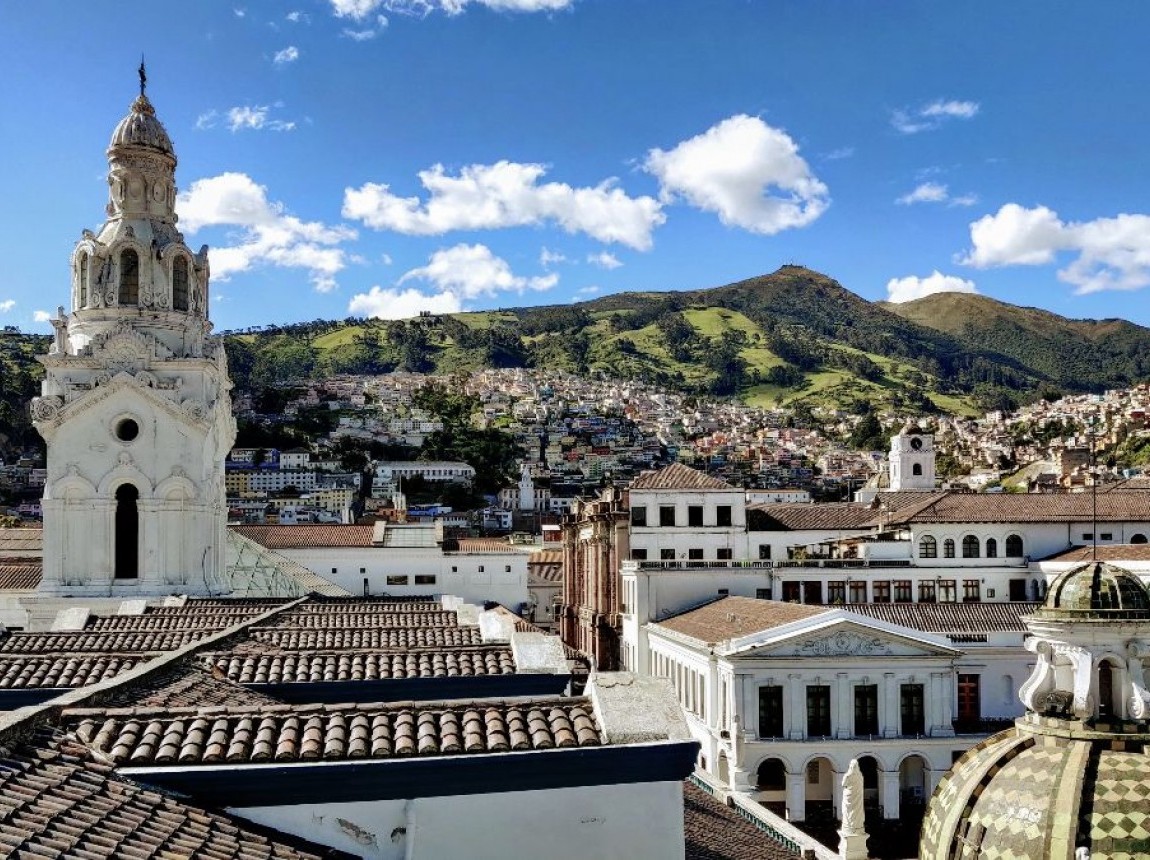Related

Mar 02,2021
Kevin Cromar Receives NASA Funding
to Work with Air Quality Agencies in Low- and Middle-Income Countries

Paper
/ Apr 30,2019
Comparing Associations of Respiratory Risk
for the EPA Air Quality Index andHealth-Based Air Quality Indices
by
Lars Perlmutt, Kevin Cromar

